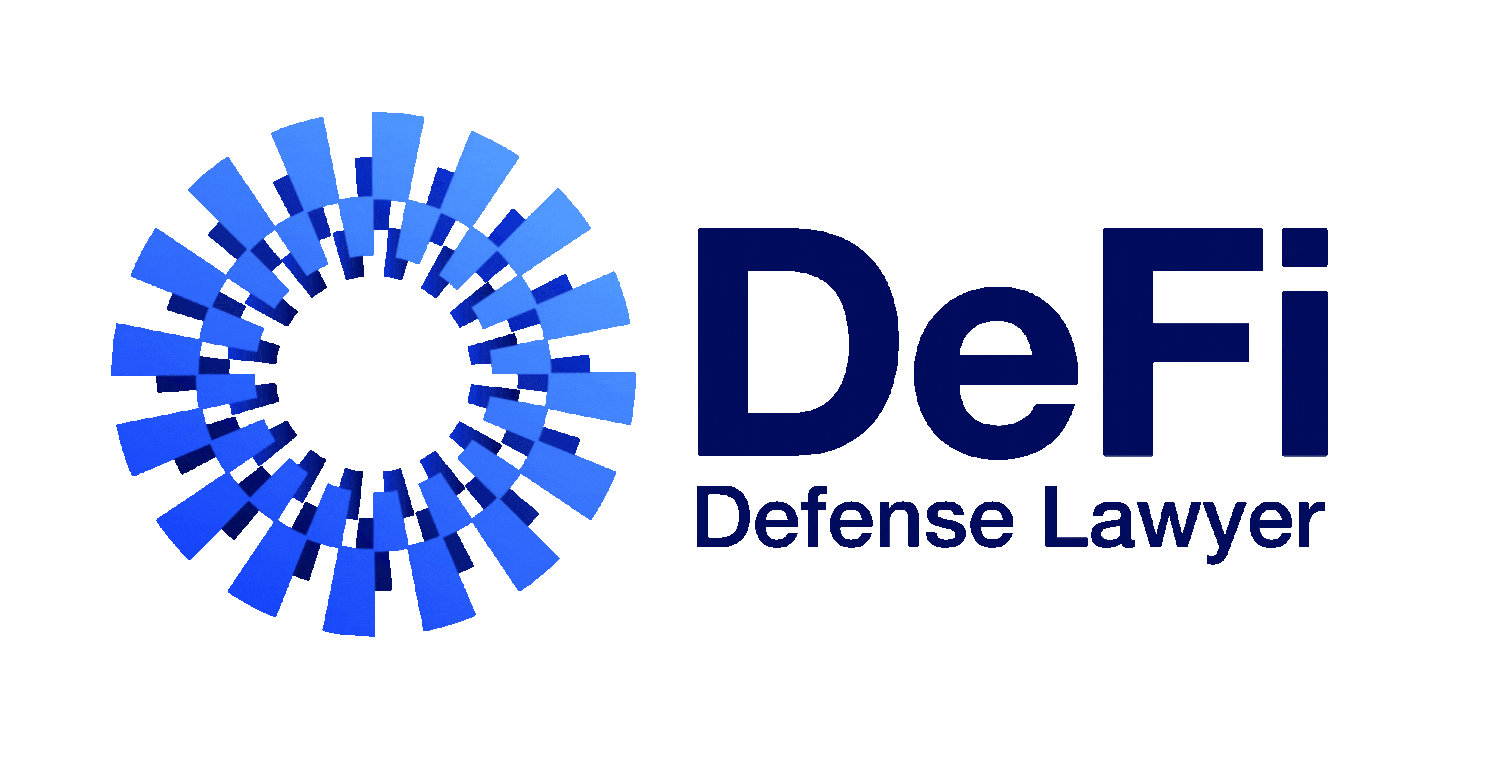Unlocking the Future of Finance: What Fully Regulated Stablecoins Under the GENIUS Act Mean for Consumers, Businesses, and Family Offices
Introduction: From Gray Area to Green Light
The Guiding and Establishing National Innovation for U.S. Stablecoins Act — the GENIUS Act — represents a watershed moment in U.S. financial regulation. For the first time, we have a comprehensive federal legal framework for payment stablecoins, removing the ambiguity that has long shadowed digital dollar assets. As a lawyer embedded in the crypto ecosystem, I've tracked this legislation from the moment it was introduced to its passage in mid-2025. What’s unfolding now is not simply a compliance mandate — it’s the opening of a new financial frontier for consumers, businesses, and family offices alike.
What the GENIUS Act Does
At its core, the GENIUS Act establishes a licensing, compliance, and supervisory regime for USD-backed stablecoinsthat are intended for use as a medium of exchange. To legally issue or operate with such stablecoins in the U.S. after the Act's implementation deadline, entities must be federally or state-approved "permitted payment stablecoin issuers" (PPSIs). Key mandates include:
1:1 Reserve Requirements: Fully backed by cash, short-term U.S. Treasuries, or equivalent high-quality liquid assets.
No Interest Payments: Stablecoins cannot accrue interest or yield by default, to avoid being classified as securities or deposits.
Redemption Clarity: Holders must be able to redeem their stablecoins promptly in fiat USD, with published policies and disclosures.
Strict AML/KYC Compliance: Stablecoin issuers are treated as financial institutions under the Bank Secrecy Act.
Regulator Supervision: PPSIs will be subject to regular audits, public disclosures, and federal or state oversight depending on scale.
Timeline: When Does the GENIUS Act Take Effect?
The GENIUS Act has a dual-trigger timeline for implementation:
Full Effect: The Act becomes fully enforceable on the earlier of:
18 months after enactment (i.e., by December 2026), or
120 days after final implementing regulations are issued (projected for late 2026).
Grace Period for Non-Compliant Stablecoins:
For up to 3 years post-enactment, digital asset service providers (e.g., exchanges, custodians) may temporarily support non-compliant stablecoins, but must fully transition to regulated PPSIs by mid-2028.
Why This Matters: Use Cases and Opportunities
1. For Consumers: Financial Safety Meets Digital Efficiency
With GENIUS-compliant stablecoins:
Trust is codified: Consumers no longer need to “trust but verify” that their stablecoins are backed 1:1 — the law mandates it.
No speculative risk: By banning interest payments and rehypothecation of reserves, the Act ensures that stablecoins are a cash-equivalent, not a quasi-investment product.
Faster and cheaper payments: Transactions can occur 24/7, globally, with near-zero fees — a vast improvement over ACH or wire rails.
Action Step: Consumers should seek out wallets and apps that support PPSIs and educate themselves on the difference between regulated vs. unregulated stablecoins.
2. For Businesses: Programmable Payments and Treasury Innovation
Businesses stand to gain the most from GENIUS Act-aligned stablecoins in the following ways:
Instant B2B and B2C settlement: Imagine paying vendors, freelancers, or even issuing refunds instantly, even on weekends.
Automated compliance: With integrated AML/KYC logic and API-based payments, businesses can automate flows while staying compliant.
Treasury optimization: While stablecoins don’t bear interest, companies can still deploy idle capital in yield-bearing products outside the stablecoin itself.
Action Step: CFOs and COOs should begin upgrading their payment infrastructure to support stablecoins like USDC (expected to be PPSI-approved), and assess whether they fall under money transmitter rules if acting as intermediaries.
3. For Family Offices: A Digital Dollar Strategy with Legal Certainty
Family offices — traditionally conservative on tech adoption — now have a secure gateway into digital finance:
Cross-border capital deployment: Stablecoins can be used to move funds globally, 24/7, without correspondent bank delays or FX fees.
Liquidity during non-banking hours: Participation in venture deals or fund calls over weekends or holidays becomes viable.
Redemption protections: Under the Act, even in insolvency, stablecoin holders have priority rights to reserve assets.
Action Step: Family offices should implement a GENIUS-compliant stablecoin infrastructure — including wallet custody agreements, transaction monitoring, and KYC policies — tailored to private wealth and cross-border use cases.
How to Prepare: Action Items by Sector
StakeholderKey ActionsConsumersUse only wallets and exchanges that support GENIUS-compliant stablecoins.BusinessesEngage legal counsel to assess money transmitter obligations. Integrate regulated stablecoin APIs.Family OfficesImplement custody and compliance infrastructure. Start with a turnkey solution (e.g., USDC on Sui).
Strategic Counsel: This Isn’t Just Compliance — It’s a Competitive Edge
As a crypto-native lawyer, I believe the GENIUS Act is not just a regulatory clampdown — it's a greenlight for innovation with guardrails. The regulated stablecoin is becoming the digital equivalent of a certified check — legally robust, instantly transferable, and backed by enforceable rights.
The winners in this new financial terrain will be those who prepare early. Businesses and family offices that integrate GENIUS-compliant rails will be able to deploy capital faster, reduce settlement risk, and operate globally — all while staying within the bounds of U.S. law.
Final Word
The GENIUS Act marks the formal entrance of stablecoins into the core of American financial law. Whether you’re a fintech startup, a global family office, or a consumer with a digital wallet, this law creates clarity, security, and opportunity. But make no mistake: the window to prepare is closing. Those who wait until 2027 or 2028 may find themselves scrambling to catch up with the new rules of the digital dollar.
If you want to understand how this law applies to your specific use case — from setting up a compliant stablecoin system to navigating cross-border regulatory hurdles — reach out for a private strategy briefing. The future of finance is programmable, permissioned, and now — federally regulated.
